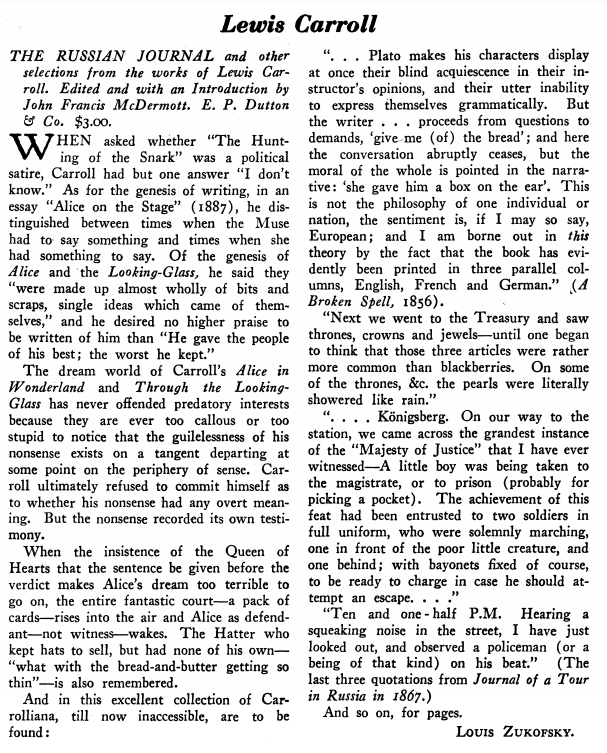About this site:
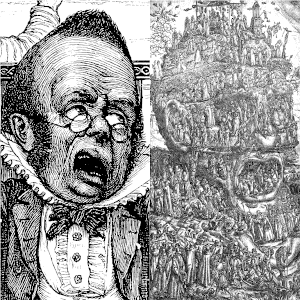 Snrk.de mostly is about Henry Holiday‘s illustrations (engraved by Joseph Swain) to Lewis Carroll‘s tragicomical ballad The Hunting of the Snark.
Snrk.de mostly is about Henry Holiday‘s illustrations (engraved by Joseph Swain) to Lewis Carroll‘s tragicomical ballad The Hunting of the Snark.
If – and the thing is wildly possible – the charge of writing nonsense were ever brought against the author of this great blog, I will not (as I might) point to the fact that throughout my Snark hunt, my two greatest assets have been mental stability and being, like, really smart; and that the crooked Boojum also played its cards very hard and, as everyone knows, failed to stop me – which would qualify me not as smart, but genius….and a very stable genius at that!
As promised, I will not point to that – even though it would be true if I would state it three times. Very true. Very, very true. Rather, I point to those (like John Tufail and Mahendra Singh) who really helped and encouraged me and, last not least, to those many people who turned the Internet into a humongous museum through which I could stroll while loafing on my sofa. That was the place where my Snark hunt started in December 2008, and snrk.de is place for presenting my trophies gathered since 2012.
On 2017-10-09, snrk.de underwent a major change. I added a blog to the site and rearranged it completely. If you previously used links to snrk.de and your browser now doesn’t find them anymore: Some of these links still may work if you replace snrk.de by old.snrk.de.
In snrk.de you’ll find a few assumptions:
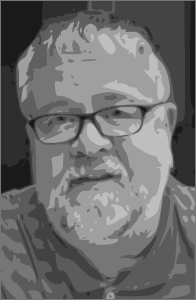 About me:
About me:
I am Götz Kluge, a retired electronics and mechatronics engineer living near Munich in Germany. As an engineer, I know how to work scientifically, but not in the field of arts and literature. In that field of research I am an amateur. However, one of my Snark hunt findings even is mentioned in the curator’s comment to a print owned by the British Museum.
As an amateur I don’t have to protect any reputation in academic Snarkology. Nevertheless, if you publish papers about, for example, references from The Hunting of the Snark to Thomas Cranmer, please give credit to those, who addressed that topic already. That could be me (2010, 2010, 2015), but also Karen Gardiner (2018), Mary Hibbs (2017, pen names: Mary Hammond and Sandra Mann) and Angus MacIntyre (1994).
Blog:
※ Posts and Pages: I use WordPress to run snrk.de. WordPress offers to publish “posts” and “pages”. In this blog you will often find pairs of articles where one of them is a post and the other one is a page. In such a pair of articles, both have the same title where the post is a brief blog article and the associated page then goes into more detail.
※ Comments: I disabled the commenting function for almost all articles. Sorry, there is too much bot spam. You are welcome to use BlueSky or Mastodon (see below) for comments.
Contact:
In order to avoid collecting personal user data and to minimize spam, I disabled blog registration.
Privacy policy and data protection:
This site attempts to comply with the European General Data Protection Regulation. The blog snrk.de itself does not collect your private data. But some pages have embedded third-party content (Instagram, Soundcloud, 𝕏witter, YouTube etc.) which might not respect your privacy sufficiently.
If you don’t like that, don’t use snrk.de!
Licenses:
CC BY-NC-SA 4.0 is the license for images in this blog if not indicated otherwise.
Götz Kluge, Munich 2018-07-07, update: 2024-09-03


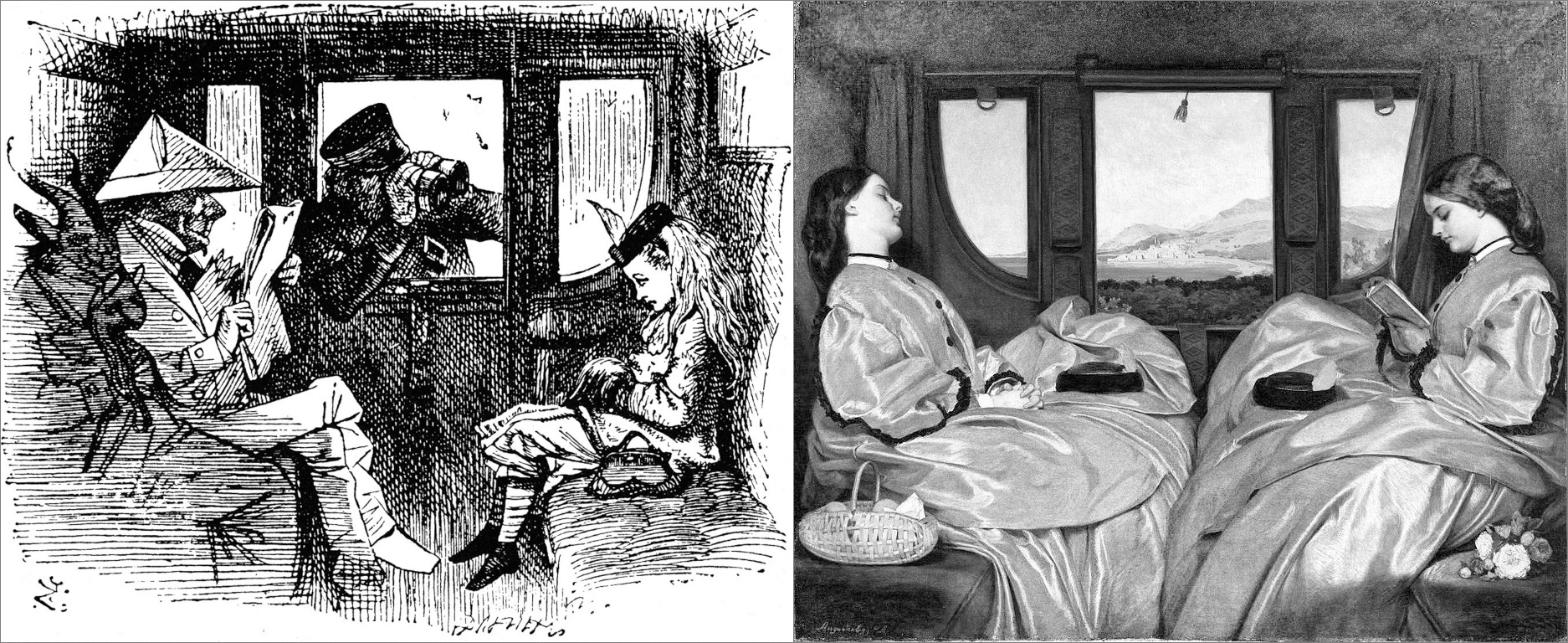
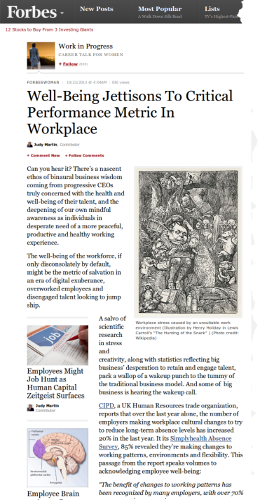 Before my Snark hunt started in December 2008, I mainly focused on Henry Holiday’s
Before my Snark hunt started in December 2008, I mainly focused on Henry Holiday’s 
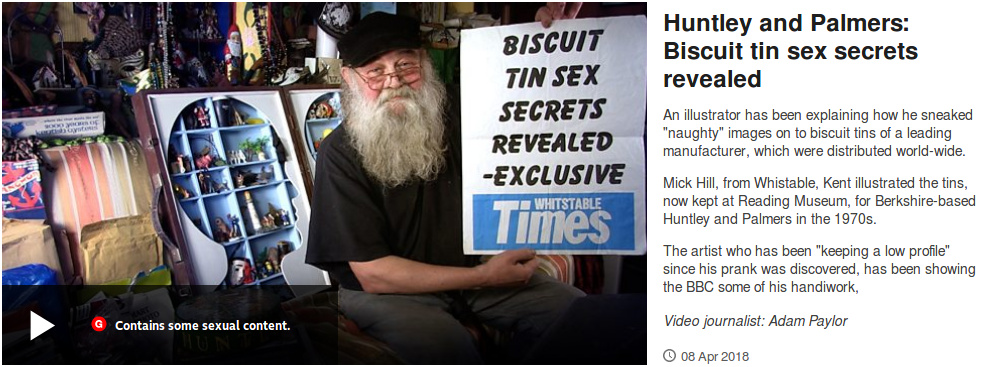
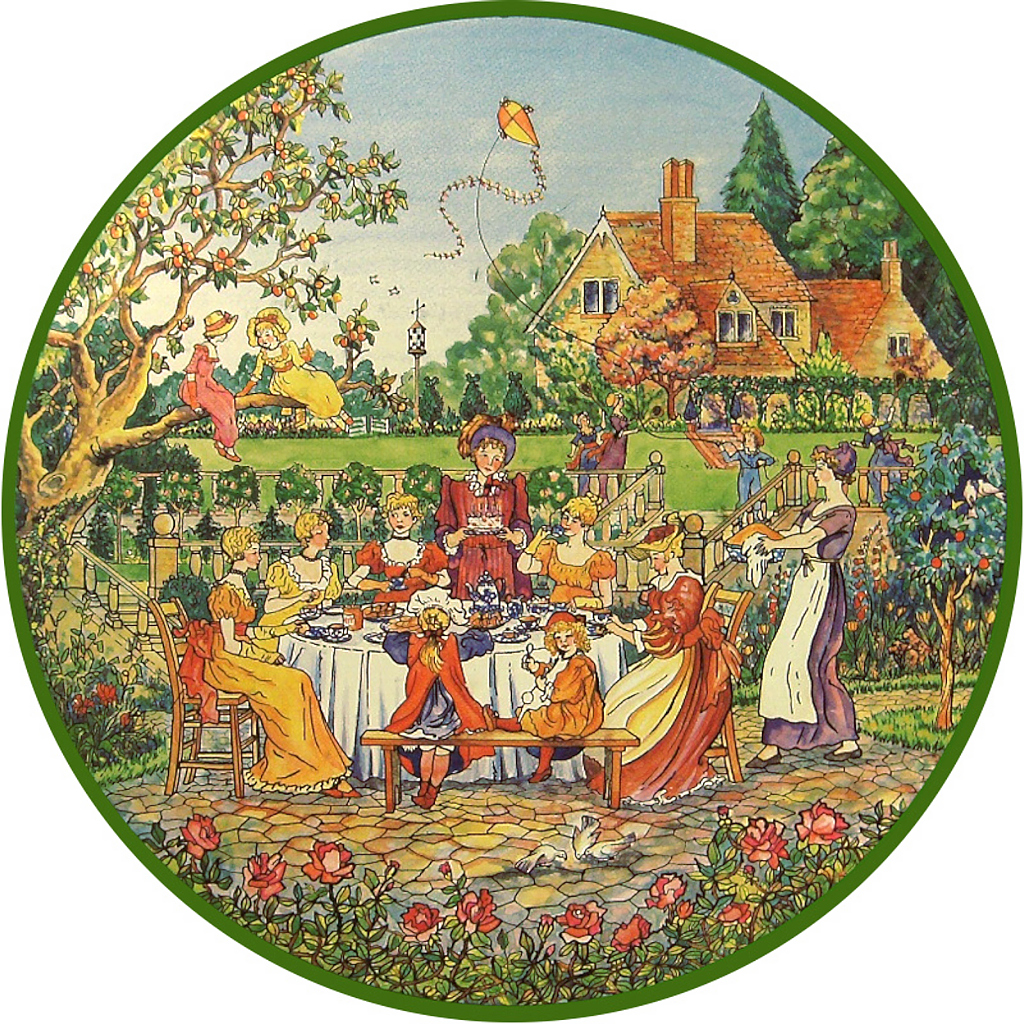
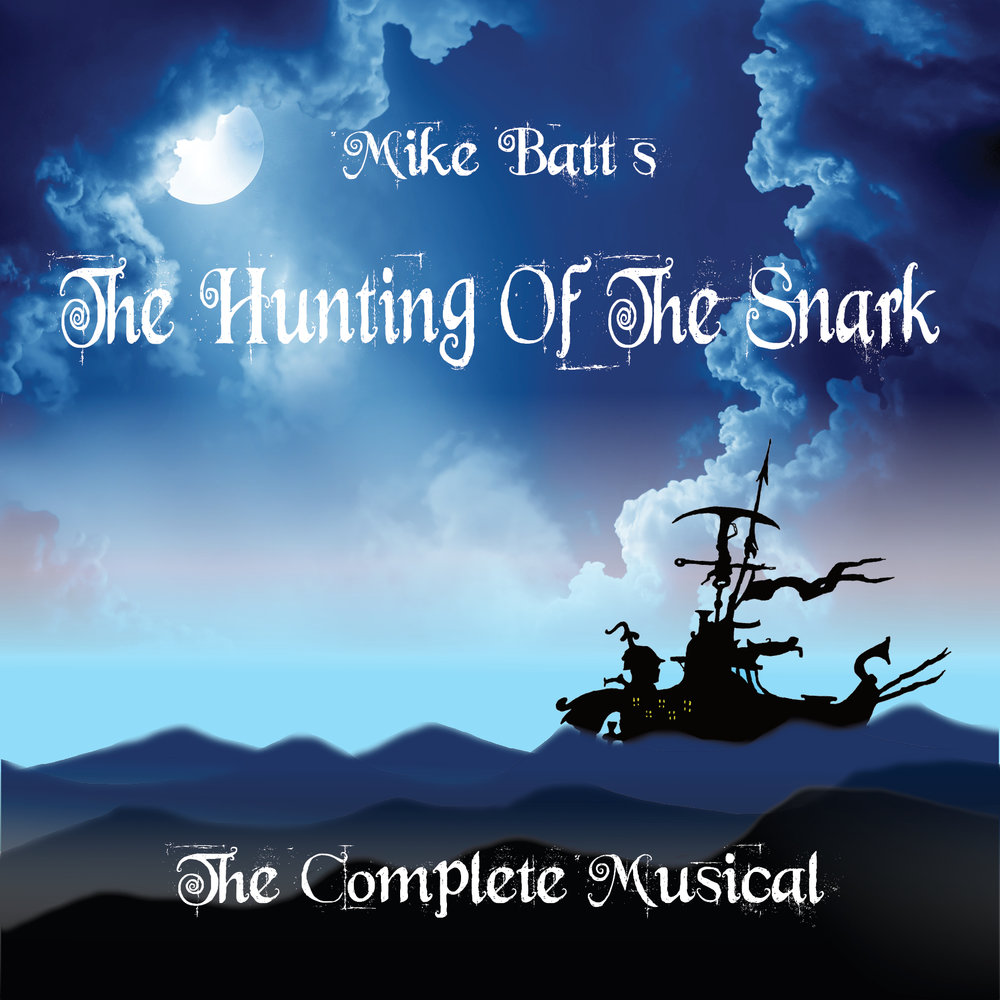



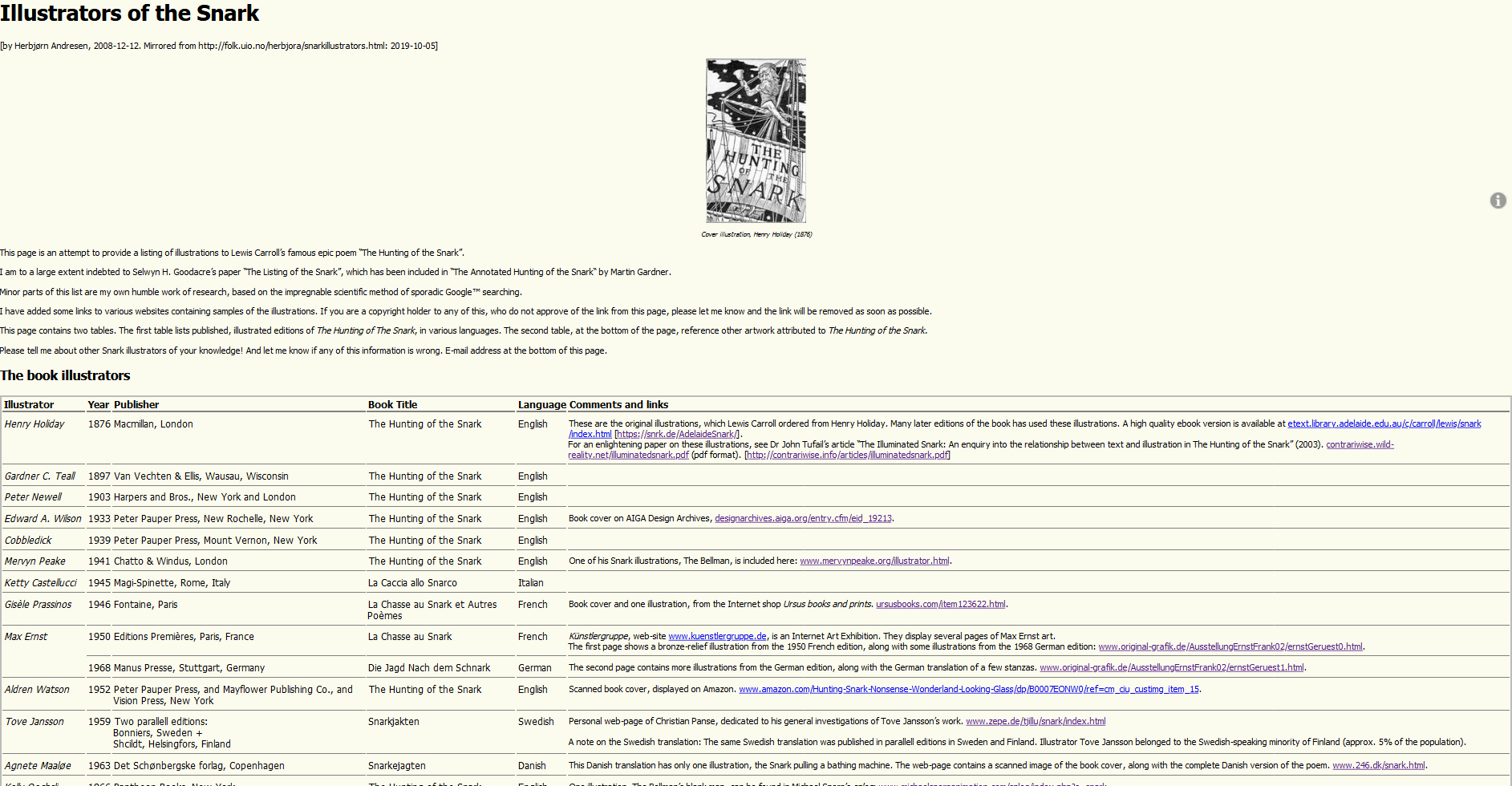
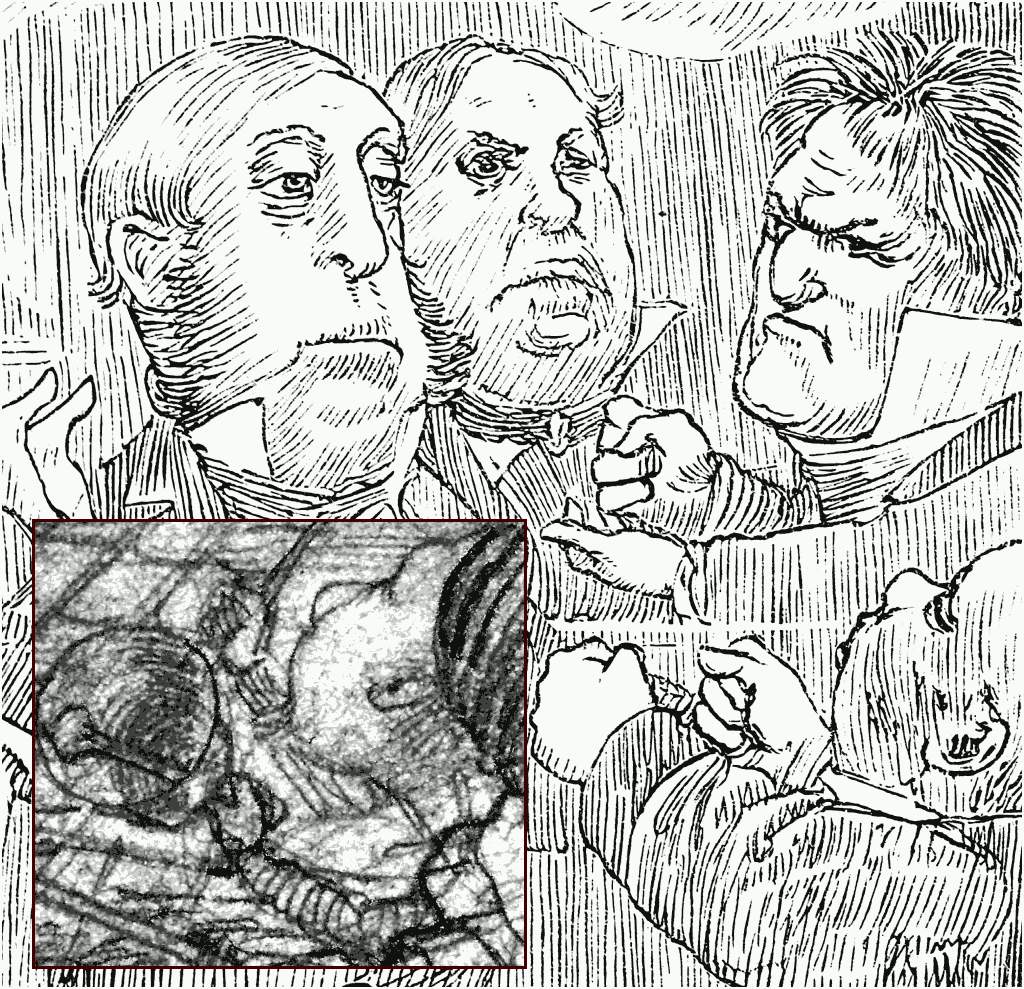
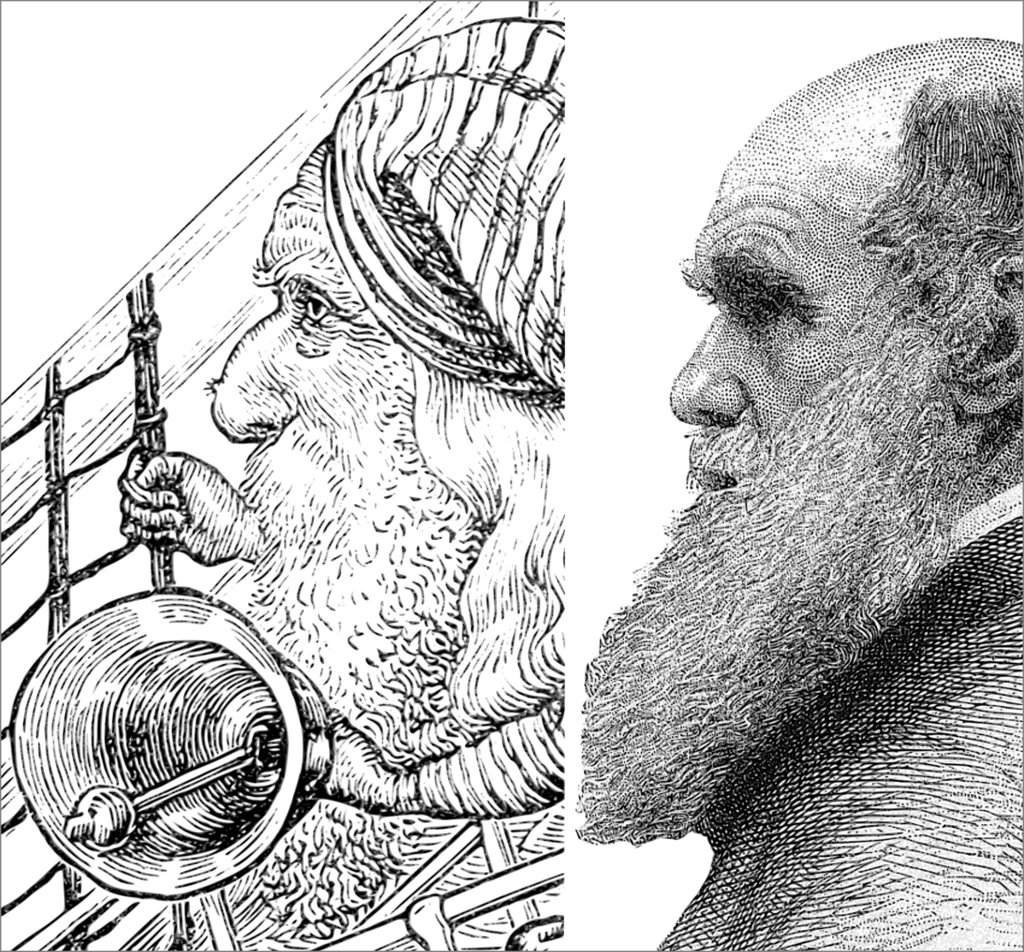
 I think that Dodgson addressed conflicts within the Curch of England and the related legal battles (see
I think that Dodgson addressed conflicts within the Curch of England and the related legal battles (see 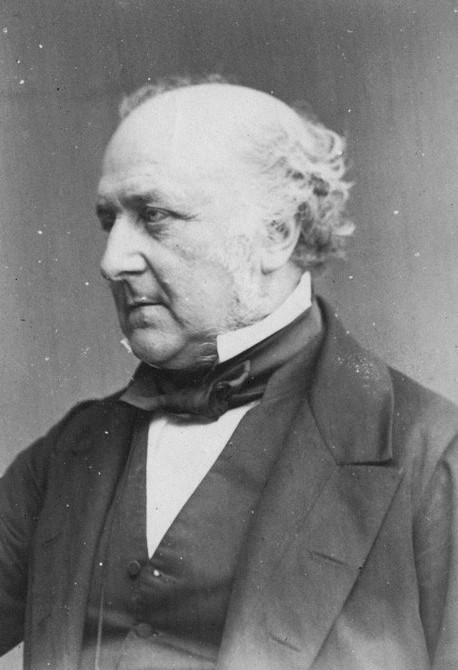 As for the looks, Richard Bethell, 1st Baron Westbury could be another candidate for Holiday’s reference.
As for the looks, Richard Bethell, 1st Baron Westbury could be another candidate for Holiday’s reference. 



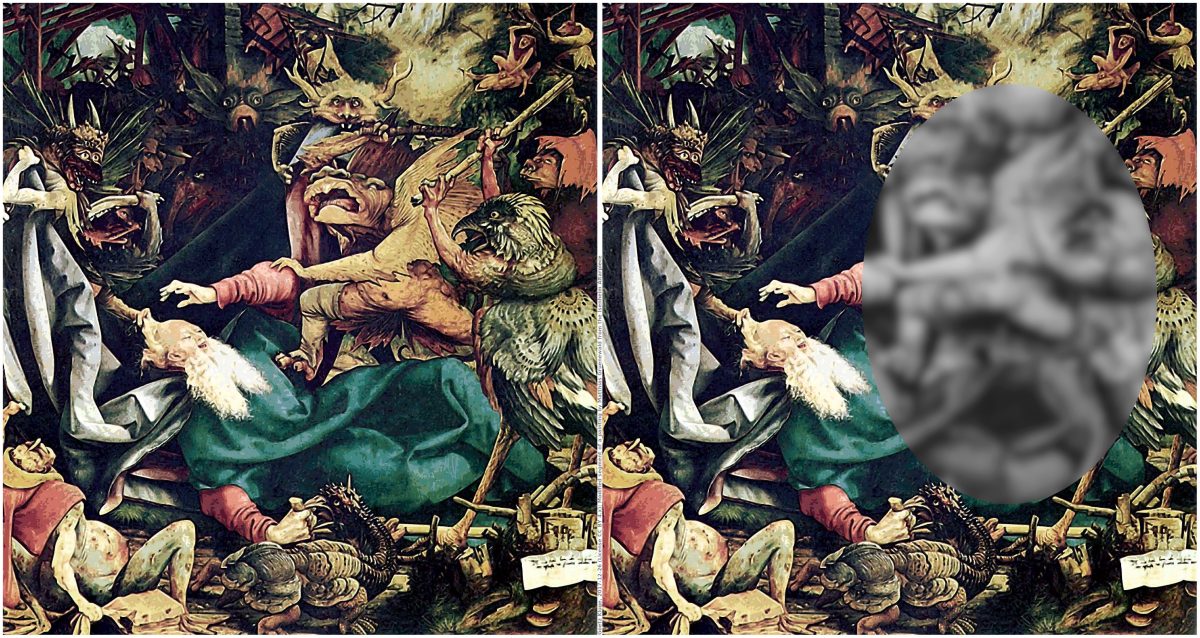


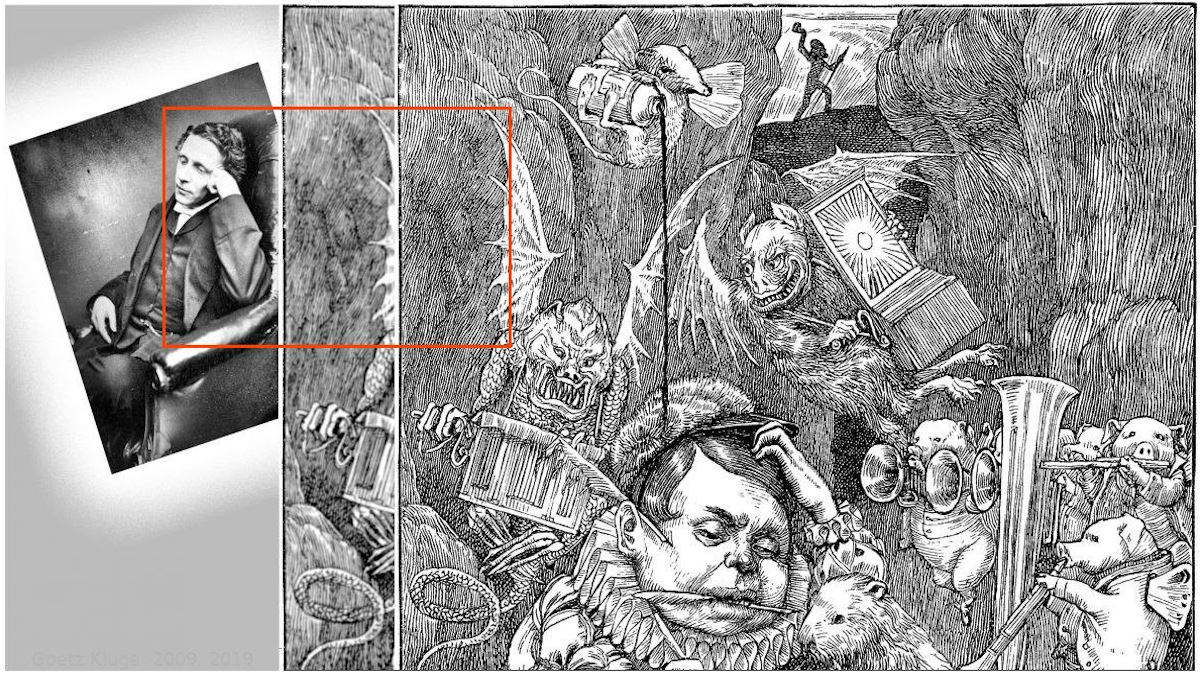
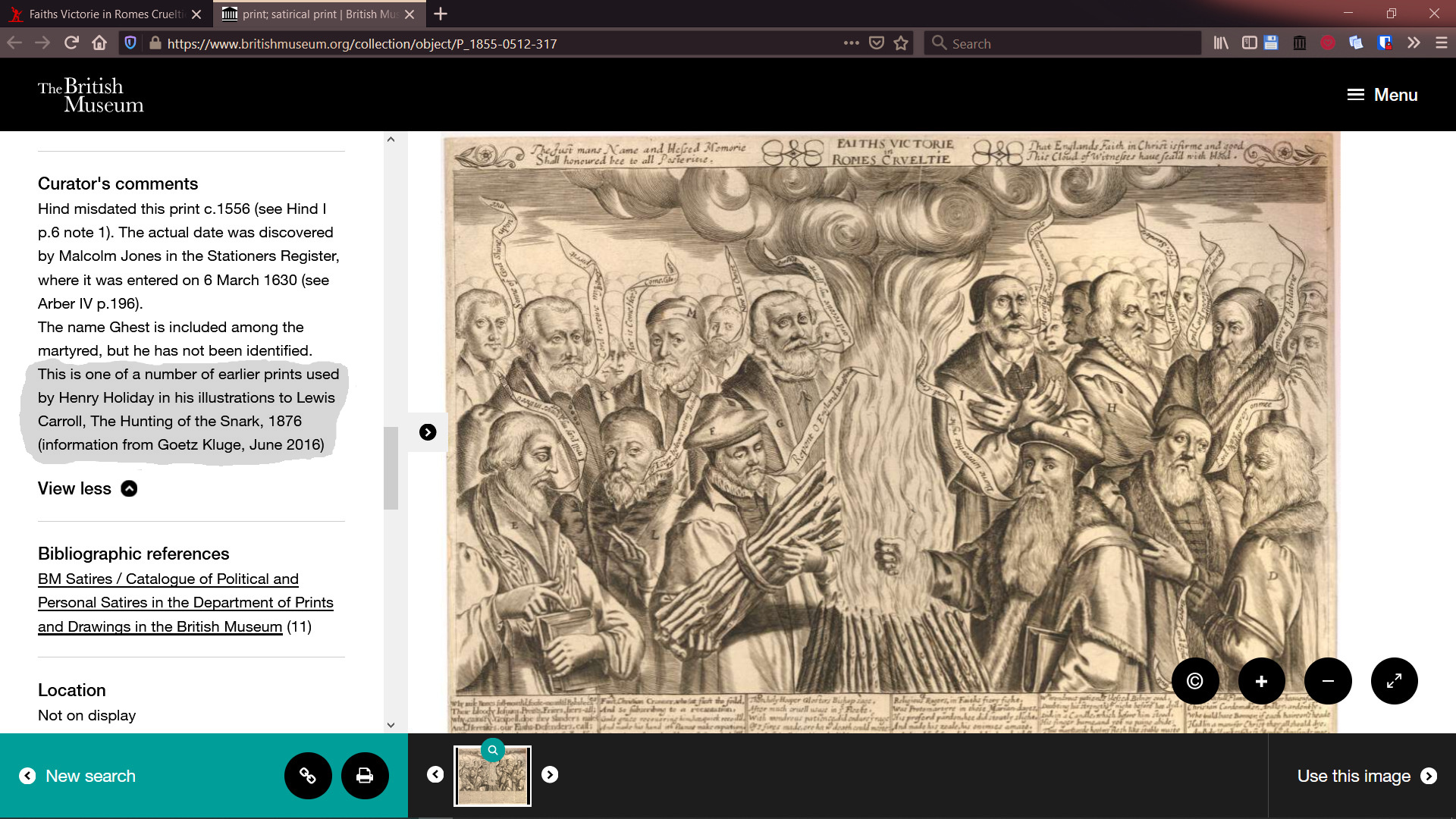
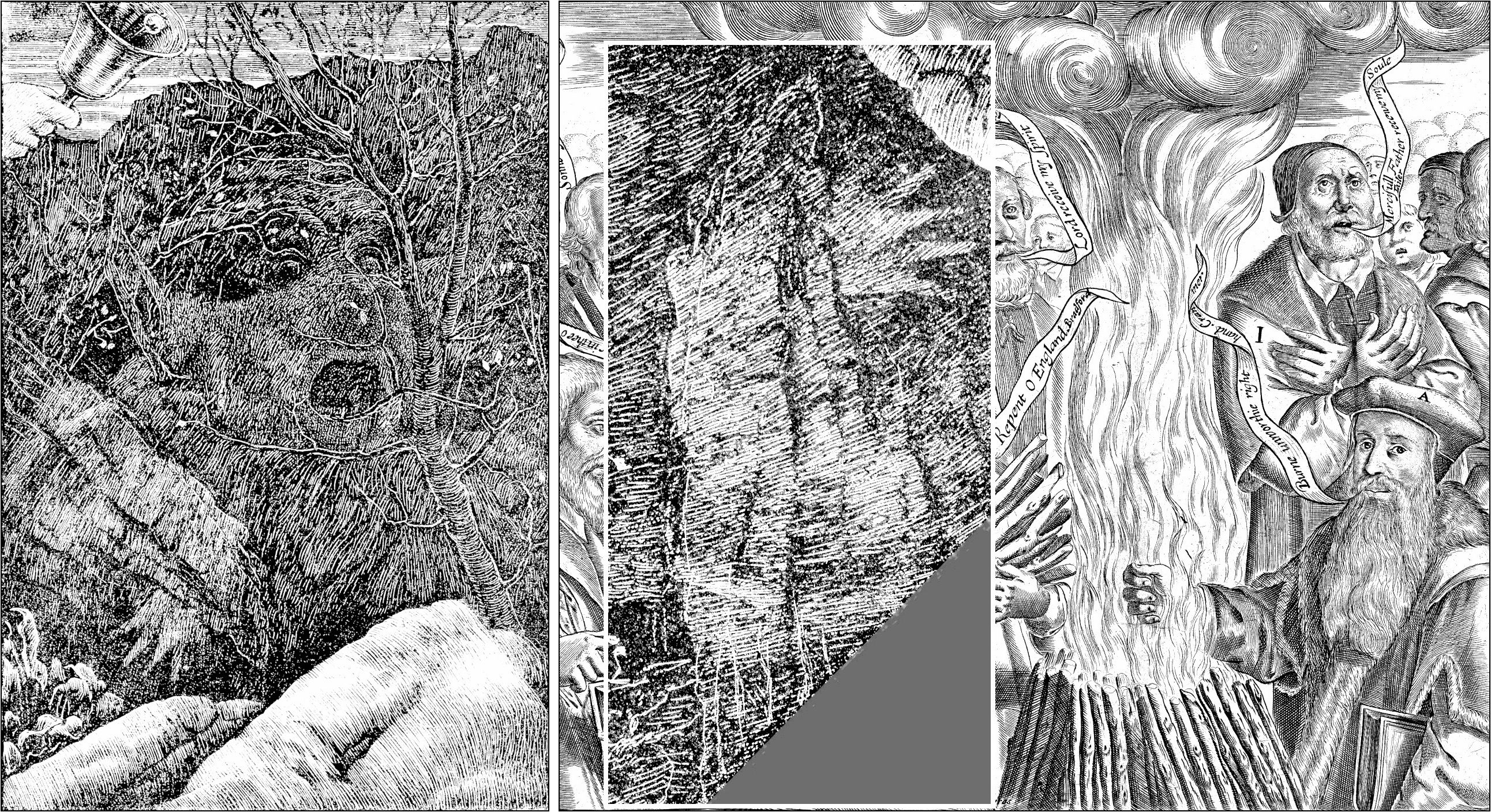
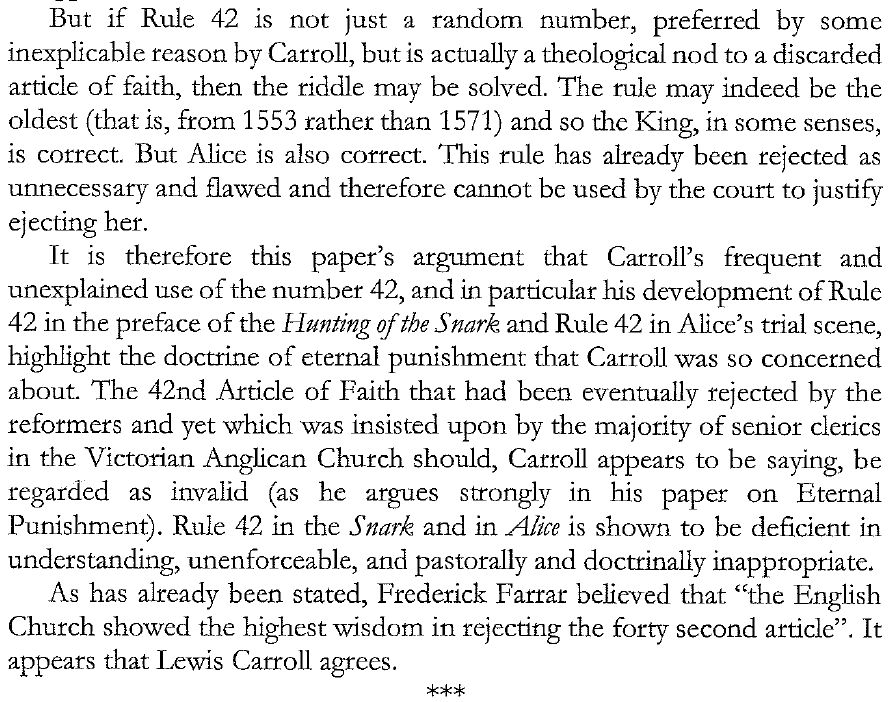

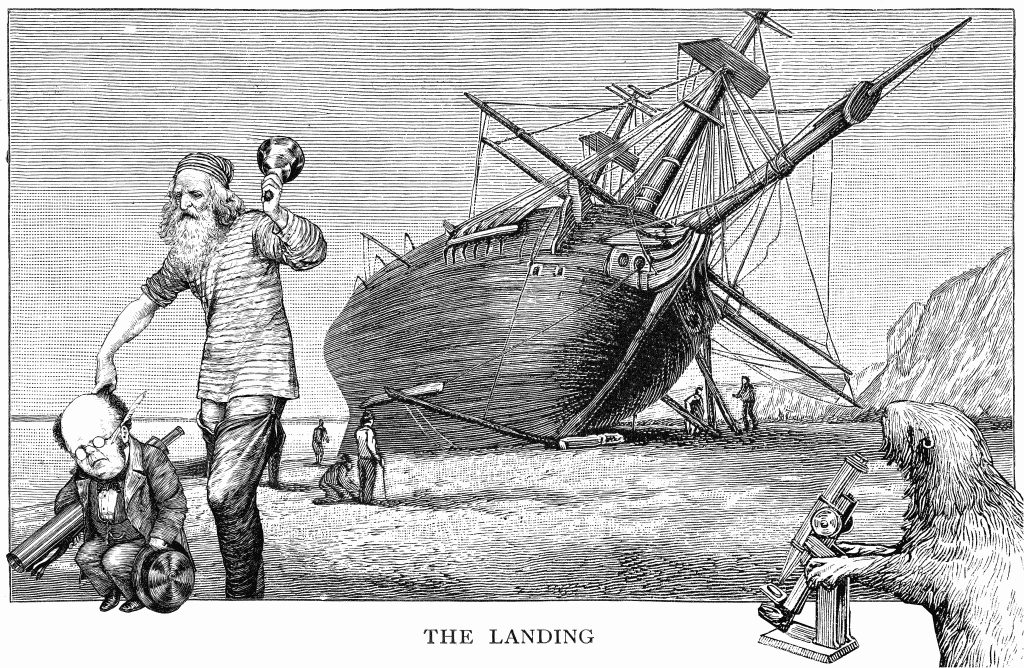
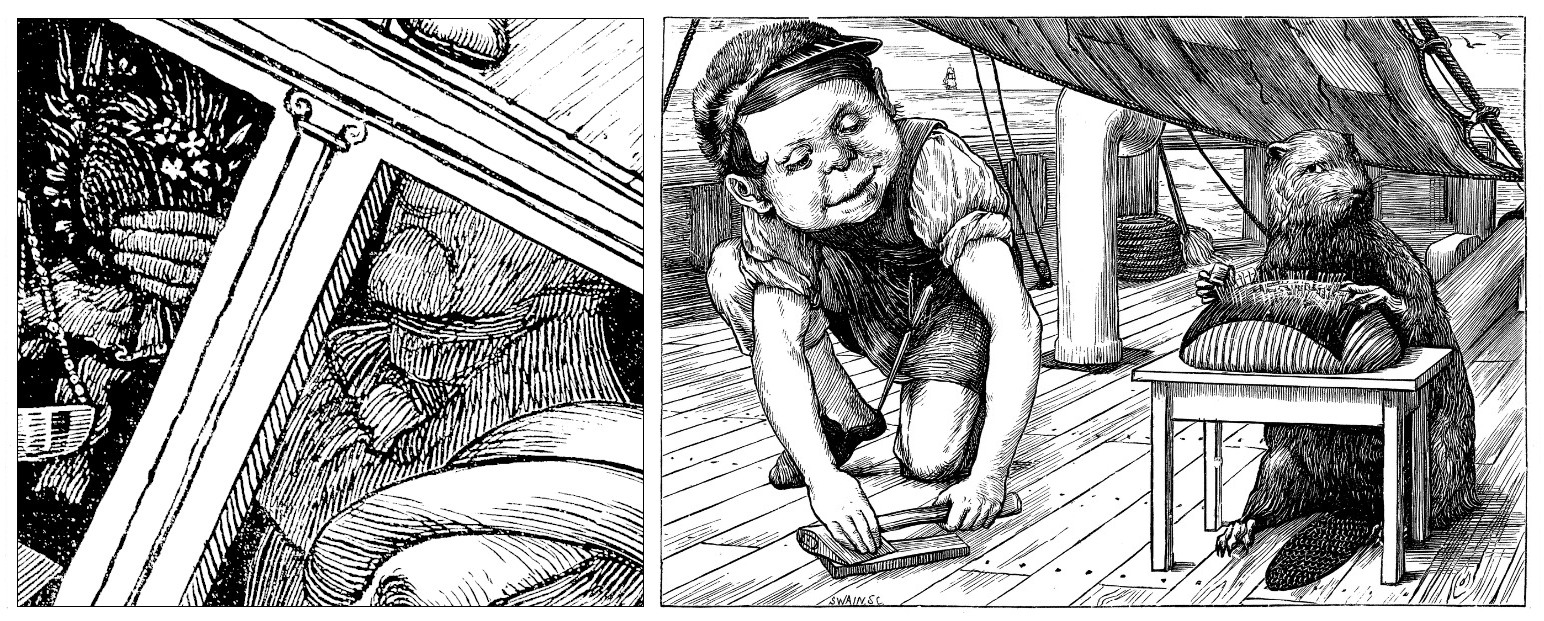 It was quite probably Henry Holiday’s
It was quite probably Henry Holiday’s 
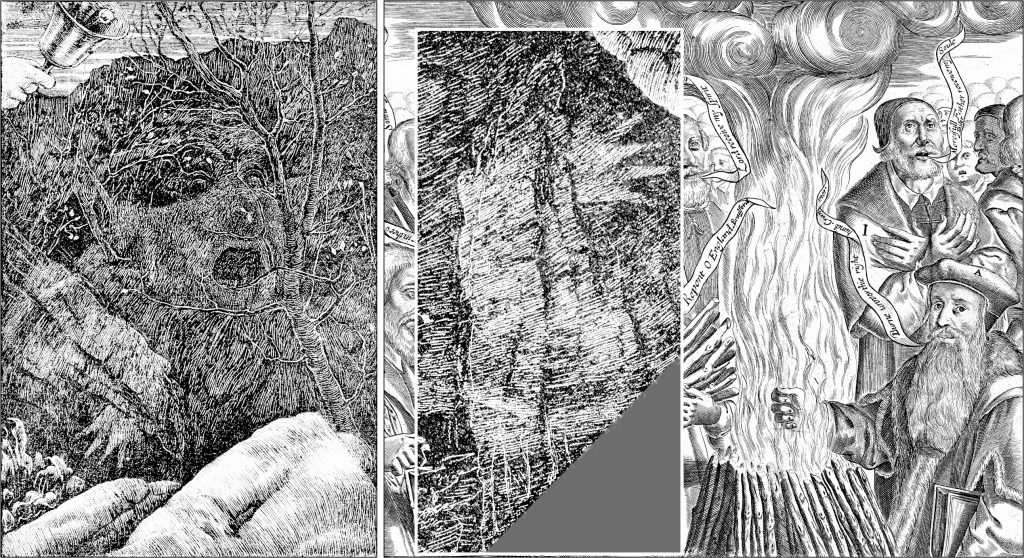
 About me:
About me:
